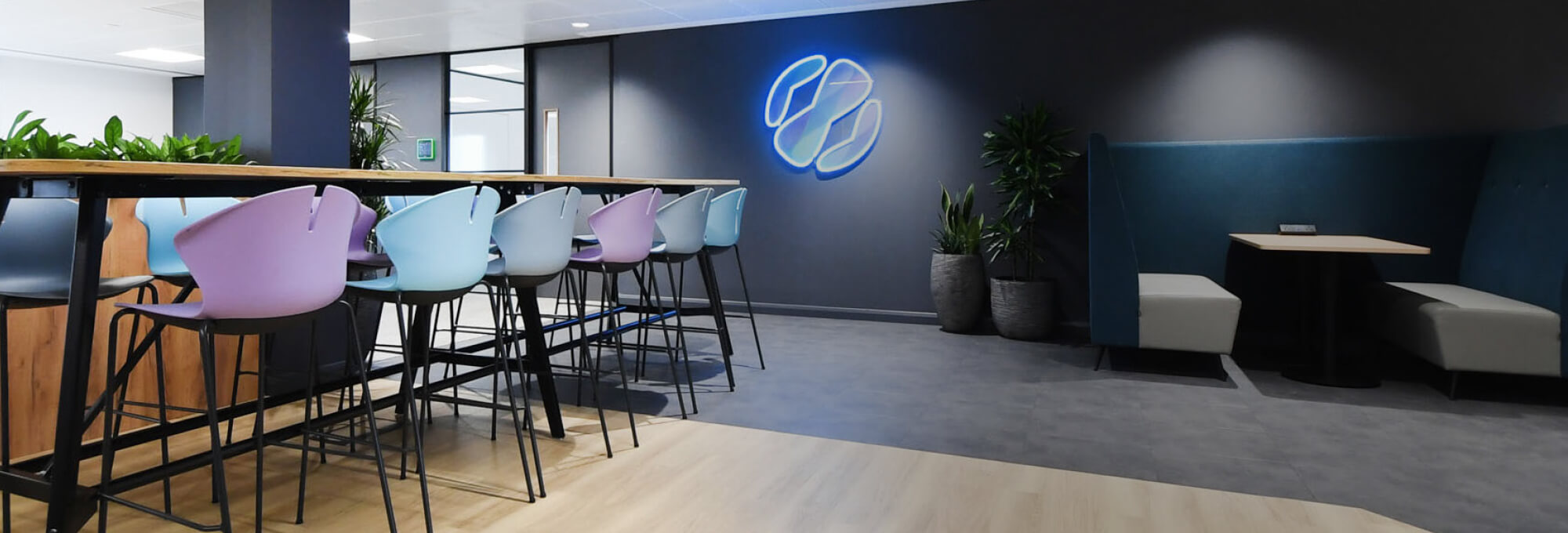Why Use McFeggan Brown for your Office Dilapidation?
At McFeggan Brown, we have decades of experience working with companies that are struggling to meet the demands of their dilapidation clause.
Office dilapidations can be complex, and often businesses do not realise how much work is involved until after they have left a property. We can help by working with landlords and tenants to deliver a solution suitable for all.
The jargon associated with office dilapidation can be confusing so we’ll also help you to understand the documents associated with dilapidation, ensuring you are adhering to the terms agreed in the lease.
Throughout the office dilapidation process, our team will work closely with you to ensure everything runs as smoothly as possible, with little to no disruption to your business.
Find out more, give us a call on 01275 464 220 or email us to get a fast and free quote.
